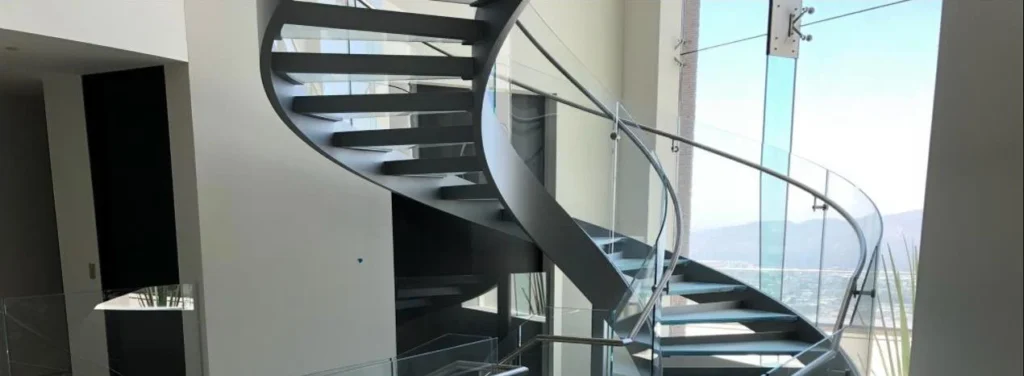“The application of aluminum profiles in glass railings is extensive and essential, as these profiles play a central role in the support, installation, and aesthetic enhancement of glass railing systems.”
Applications of Aluminum Profiles in Glass Handrails
Supporting and securing the glass
Providing structural safety and stability
Enhancing aesthetics and design integration
Enabling easy and fast installation
Insulating against vibration and noise
Modern Aluminum Railings (Balustrade)
The Bandini aluminum railing system, featuring the Piccolo profile, offers a lightweight yet highly durable design that combines safety and aesthetics for exterior facades and balconies. Also known as a glass balustrade, this system is compatible with various architectural styles, making it a modern and reliable choice for both indoor and outdoor spaces.In luxury buildings with unique interior design, aluminum handrail profiles bring a refined and elegant architectural touch to the structure.
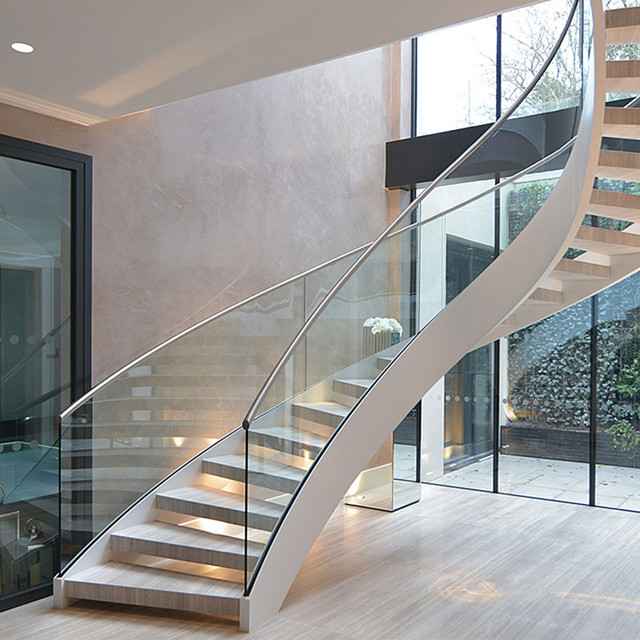
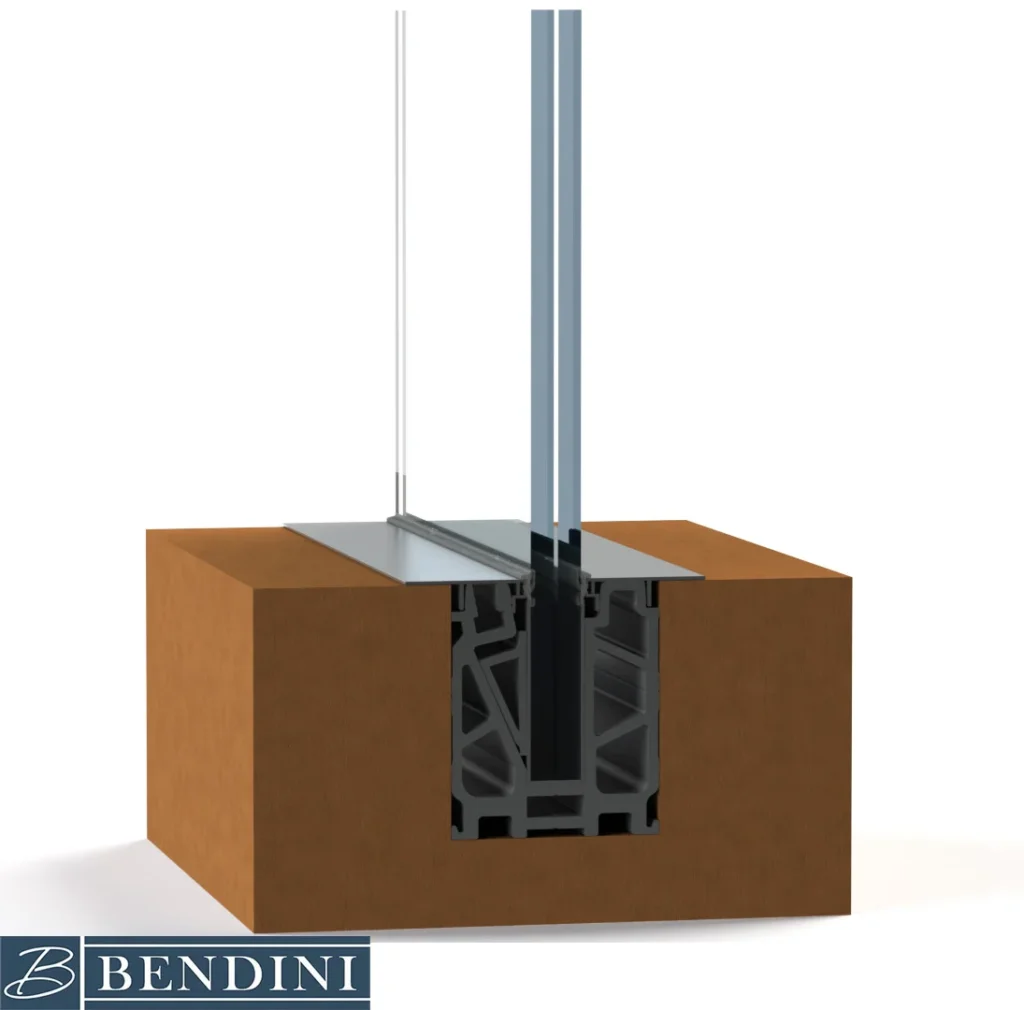
Tito HandRail System
Contact us now to order your HandRail system!
Glass Retention and Support
Aluminum profiles serve as structural components that secure the glass panels and transfer loads (such as pressure or impact) to the main structure.
The base shoe profile holds the glass from the bottom.
Side-mounted profiles are used for wall or stair edge installations.
Structural Safety and Stability
These profiles ensure the system withstands impact, vibration, lateral pressure, and wind load.
Internal clamping systems increase safety without the need to drill through the glass.
Aesthetic Integration and Design Cohesion
Minimalist and versatile aluminum profiles enhance the modern look of the railing:
Available in various colors and finishes (e.g., anodized, powder-coated, brushed steel effect).
Cover profiles and handrails provide a clean, seamless finish that matches the architectural space.
Fast and Easy Installation
Aluminum profiles are often modular and standardized, allowing for quick installation without welding or heavy fabrication.
Frameless systems can also be built using these profiles.
Vibration and Noise Insulation
Rubber gaskets or inner seals in the profiles absorb vibrations, prevent cracking, and reduce noise transmission,
making them ideal for modern residential or commercial spaces.
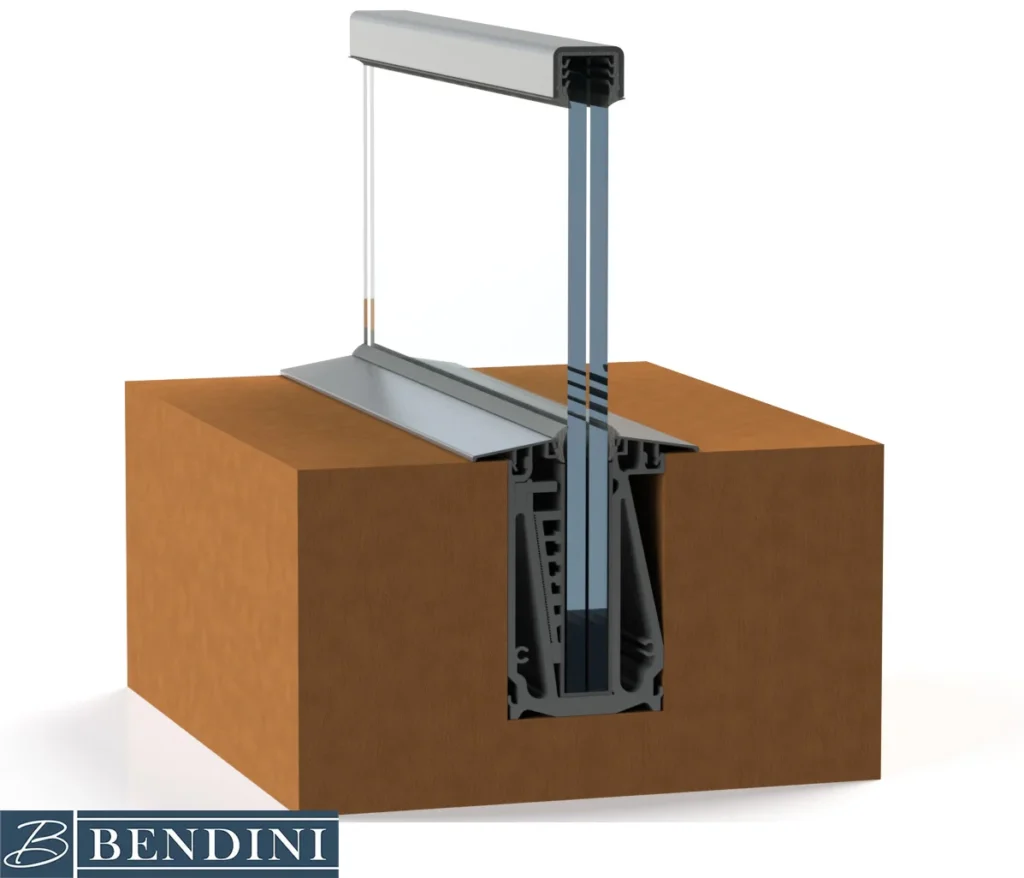
Picolo HandRail System
Types of Aluminum Profiles in Glass Railing Systems
Base Profile (U-channel or Base Shoe)
Function: Main structural support that holds the glass from the bottom
Installation: On the floor or side of stairs/balconies
Material: Anodized or powder-coated aluminum for enhanced durability
Features: Often includes internal clamps or fixing kits for securing the glass
Side Mount Profile
Function: For side installation of the glass onto a wall or stair structure
Use Case: Ideal for areas with limited floor space or where top-mounting is not possible
Cover Profile
Function: Covers screws and mechanical joints
Purpose: Enhances aesthetics and protects internal fittings
Customizability: Can be painted or coated to match the design environment
Top Rail Profile (Handrail)
Function: Serves as a handgrip installed on top of the glass
Material: Aluminum or stainless steel
Design Options: Oval, round, square, or custom designs
Note: Optional in frameless designs for a cleaner, minimalist look
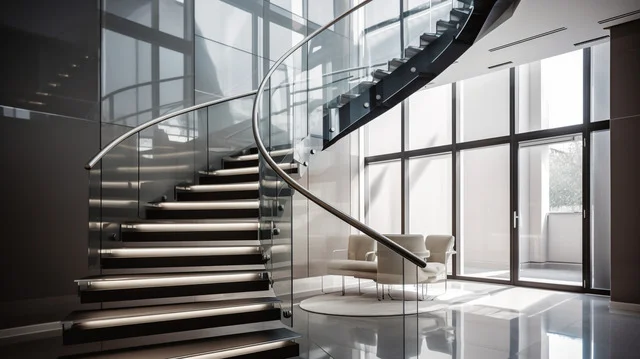
To receive a consultation, Please fill out the form below
Installation Tips for Glass Railing Systems
Precise alignment and leveling of aluminum profiles is critical for safety and long-term performance.
Use of laminated or tempered glass, typically between 10 to 16 mm thickness, is recommended for strength and safety.
Ensure secure anchoring with appropriate anchor bolts or modern pressure-fit systems to maintain structural integrity.
In certain systems (e.g., clamp-based designs), no glass drilling is required, reducing risk of damage and simplifying installation.
